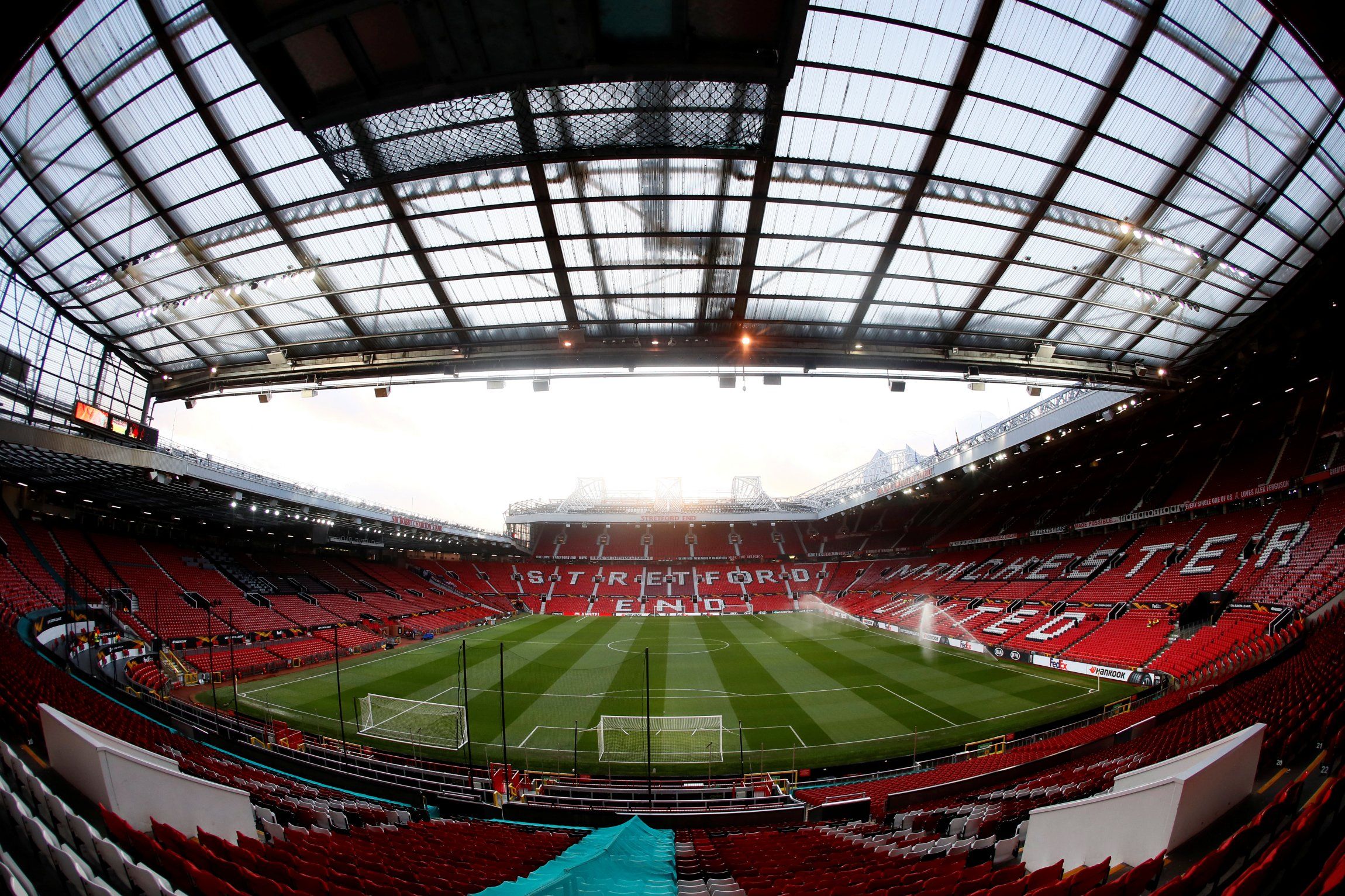Key information about Old Trafford
Old Trafford was built in 1910 and is now the home of Manchester United. The ground is located in an area called Old Trafford in Greater Manchester and is actually the largest club stadium in the country and second-largest overall behind Wembley.
It has a capacity of 74,879 and a pitch that measures 105m by 68m. Of course, the surface is covered with Desso GrassMaster hybrid turf and it has undersoil heating installed with no running track surrounding it.
Intriguingly enough, Old Trafford’s record attendance was set in 1939 when 76,962 supporters watched the FA Cup semi-final clash between Wolverhampton Wanderers and Grimsby Town.
A history of Old Trafford
Even though the so-called Theater of Dreams has been the home of the Red Devils since it was constructed in 1910, Manchester United were playing their football at North Road and then Bank Street in Clayton back when they were still known as Newton Heath. But following some damage to the old grounds and the club’s soaring ambitions, they decided to relocate.
The original design was to be overseen by Archibald Leitch and envisioned a capacity of 100,000 but increased cost meant they would tone down their excitement and set the bar at 80,000 instead. The development was completed in late 1909 with an initial name of United Football Ground, only to be renamed Old Trafford in early 1936.
Man United’s inaugural game at the stadium arrived on 19 February 1910 but the hosts would lose that game 3-4 to Liverpool. In the following years - being one of the best-looking stadiums in Britain - Old Trafford hosted a plethora of high-level events such as the FA Cup finals and international clashes. It recorded its highest ever attendance for a game that didn’t include Man United as Wolves and Grimsby Town attracted a crowd of 76,962 in 1939.
Interestingly enough, between 1941 and 1949 the club had to share Maine Road with their local rivals Manchester City since their ground suffered severe bomb damage during WWII. After the war, however, renovations were started with a new roof over the Main Stand, floodlighting and a complete redesign of the United Road stand on the north side of the ground with the east one soon following suit.
The rise of hooliganism and a knifing incident prompted the club to erect the country’s first perimeter fence in 1971 and in 1975, they built an Executive Suite in the Main Stand. However, with every following improvement, the capacity slowly declined, and after the Taylor Report and Old Trafford’s conversion into an all-seater in the early 1990s, it would plummet to an all-time low of 44,000.
But the club would continue to grow and numerous other improvements were done over the years to complement their success and the fast-approaching Euro 1996 where Old Trafford was to host three group games, a quarter-final and a semi-final clash. They erected a new £18.65 million three-tier stand in place of the North Stand, added a second tier to the East Stand and increased capacity along the way too.
Old Trafford's most recent expansion took place between July 2005 and May 2006 and resulted in an additional capacity boost, later to be taken a step further again. There was talk of a huge redevelopment that would see the stadium boast a maximum capacity of 95,000, eclipsing Wembley’s 90,000, but the idea has been on and off over the years.
Another problem is that such a big project would likely stretch over multiple seasons, forcing Man United to vacate Old Trafford during the works. The only suitable replacement venues for the club would in turn be the Etihad or Anfield.
Tickets to watch Manchester United at Old Trafford
All tickets to watch Manchester United play at Old Trafford can be found and purchased on the club’s official website. However, match tickets for Premier League games at Old Trafford are sold exclusively to Official Members and the price is determined by the age group and by the area of the stadium in which you wish to sit.
The most expensive adult ticket costs £58 and the club offers a season tickets scheme as well as memberships that can lower the price.
Related links
https://www.manutd.com/en - Official website of Manchester United
http://manutd.com/en/tickets-and-hospitality - Manchester United Ticket Office

